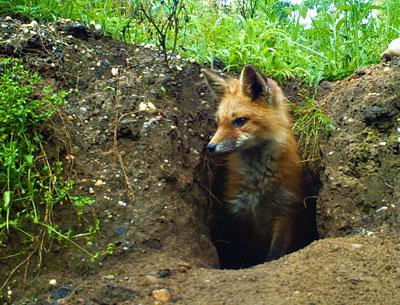Nature Notes: Predictions and Wishes

It will be hard to top the prediction first made in this very column in the spring of 2012 for the Big One, Sandy, which came in the last days of October of that year, but here goes.
It’s been a quiet year, 2013, but expect a tumultuous change and another Big One come 2014. It won’t be as big, but it will hit while South Fork municipalities, the county, state, and feds are still deciding what to do about Sandy, so it will cause an equal amount of damage.
The Eurasian invasive species, phragmites, or ditch reed, will begin a long-anticipated retreat from various salt marshes as has been happening over the last four or five years for the Napeague marshes on either side of Napeague Meadow Road in Amagansett. Phragmites in fresh marshes on the South Fork, however, will continue to prosper.
After a hiatus of 12 years, gypsy moths and canker worm moths will begin their comeback. Look for largish areas of hardwood trees bereft of foliage come June and July.
Nitrogenous wastes from septic urine disposal will continue to seep into coastal ponds, tidal creeks, bays and harbors. The ocean won’t be affected as much as the estuarine waters of Great South Bay, Shinnecock Bay, and much of the Peconic Estuary. Efforts to abate the growing problem will continue, but will not make much of a dent, especially if the homeowners on the north side of the Great South Bay have their way and the breach caused by Sandy is filled in. Better that humans urinate on the ground, say, in the woods, like the other wild animals do.
The rise in sea level will accelerate as the glaciers melt faster and faster. As a result, fresh ponds such as Fort Pond in Montauk and all coastal fresh marshes such as those surrounding Napeague Harbor, Fort Pond, Hook Pond, Wickapogue Pond, Sagg Pond, and the rest of the coastal ponds between Montauk Point and the Shinnecock Inlet will experience expansion landward while the water levels will rise accordingly as they are buoyed up by the denser salt water intruding beneath them.
The scions from the bald eagle pair nesting on Gardiner’s Island, the raven pair nesting on the Hampton Bays water tower, and the turkey vultures nesting in Montauk will begin to nest locally as well and by 2020 will have established stable Long Island populations. They will be joined by peregrine falcon young from the adult pairs nesting on top of a Nassau County building and the tall bridges spanning the East River and Hudson River. Cellphone and radio transmitting and receiving towers scattered around offer stable nesting sites. Don’t be surprised if the first pair of eastern Long Island falcons to nest in Suffolk County nest near the top of the long-standing communications tower on Napeague or the top of the non-functioning radar building at Camp Hero State Park.
The South Fork red fox population, which is rebuilding as we speak, will almost reach its peak before succumbing to the mange that thinned its population to near zero in the late 1990s. Commensurately, cottontail rabbits, rats, voles, and white-footed mice will become scarce. The local raccoon population, which is presently peaking, will succumb to a distemper endemic of the kind that decimated its population in the early 1990s.
Hunters, not sharpshooters hired by the United States Department of Agriculture, will decrease the local deer population, hopefully to be followed by the use of contraception. The lone star tick population will continue to grow, while the black-legged, or deer, tick population will continue to diminish. As the rodent population falls, cases of Lyme disease and babesiosis will decrease accordingly.
The local fishermen will continue to ply their trade and make a modest living despite all the rules and regulations governing their activities. They are the soul of Southampton and East Hampton towns.
Until we stem the noise of helicopters and the ambient nightlights from McMansions and businesses, whippoorwills and hermit thrushes will stay away, ospreys will suffer and piping plovers won’t do so well, especially in combination with the fox buildup.
After eight years of major disappointment, East Hampton Town will once again be properly governed, Montauk and townwide beaches will become a tad more peaceful in the summertime, helicopters and jets will be grounded, and we will be able to see the stars at night and listen to them sparkle.
